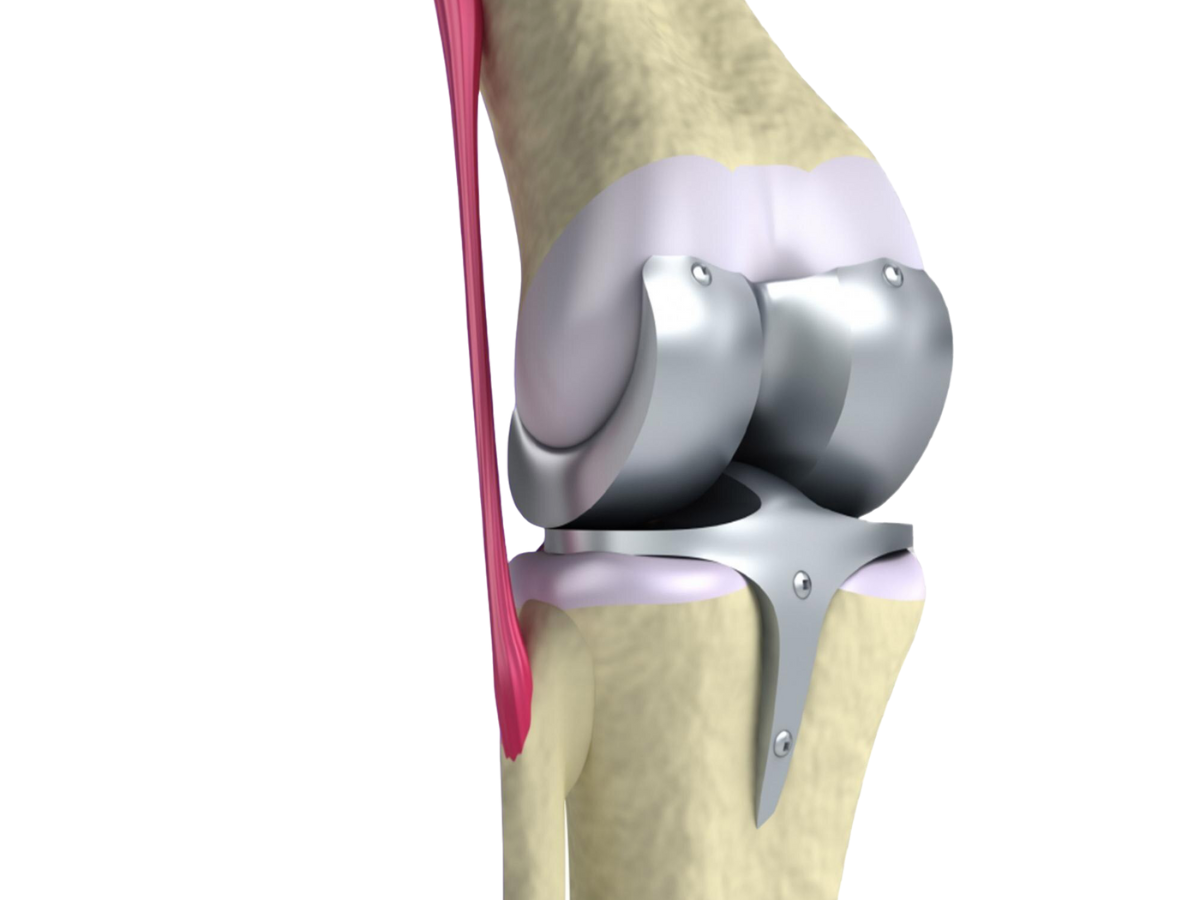
Knee Replacement Surgery: A Simple Overview
The knee joint is one of the most important ones in the body and allows you to move around and carries your whole weight with ease. This joint, like others, can get worn down due to aging or can get injured due to traumatic accidents or inflamed because of progressive and autoimmune disorders respectively. Knee replacement surgery is normally never the first line of treatment as artificial joints will never be as good as natural ones. But, for people whose quality of lives have been significantly affected, who do not respond to conservative pain management approaches, surgery may be the only option left to try. Fortunately, knee replacement surgeries these days take way less time and allow you to recover faster than ever.
What Is Knee Replacement Surgery?
Knee replacement surgery, also called arthroplasty is a procedure where the damaged parts of the knee joint are taken out and then replaced with an artificial prosthesis. It can either be in parts or the whole joint itself, in which case it is called total replacement or particle replacement, respectively. The prosthesis can be made of different parts too, just like a real joint and will hence need to be placed and screwed into place properly.
Conditions That Can Be Treated With Knee Replacement Surgery
Knee replacement surgery is recommended only after all conservative approaches have been exhausted. Some conditions that can be treated include different forms of arthritis, knee related deformities, avascular necrosis and traumatic accidents that can cause serious injury to the joint. With proper care and diet, the new joint should last you a long time- over 10-15 years or even longer in some cases.
Difference Between Total And Partial Knee Replacement Surgery
The basic difference in partial and total knee replacement lies in how much of the natural tissue is replaced.
Total replacement surgery is most often performed and involves the removal of all 3 parts of the knee joint- the medial, lateral and patellofemoral regions, together so that a new prosthetic joint can be implanted in place.
Partial replacement: When only 1-2 parts of the knee joint are replaced with a prosthesis. This is mainly due to traumatic injury.
Partial replacement surgery is much rarer than total replacement surgeries and many people may not be good candidates for partial surgery. This is because if the surgeon removes certain parts, then the angle in which he screws in the new prosthesis matters a lot. If that is wrong, then the joint could get loose over the years. If they do it too tightly, then the other half of the knee may become arthritic. With the advent of robotic surgery, the margin for error has gone down a lot and with increased accuracy, more riskier procedures can be undertaken with relative ease. This means that almost 25% of individuals may be fine with just partial knee replacement if done in the right way.
But, for some people who have deformed knees or have some progressive condition which will continue to make things worse down the line, a total replacement will be a better idea.
SBJI is the hospital you should consider for all your needs, as we are the best knee replacement hospital in Hyderabad. Our experienced surgeons will assess you in detail, understand what the problem is, explain it to you and then treat you as necessary. Such surgeries cost anywhere between 2-5 lakh INR. Our doctors can treat your condition with a partial or total knee replacement surgery. We provide physiotherapy and rehabilitation programs afterwards, to make recovery a breeze. So, get in touch with today for long-lasting solutions to all your joint problems!
Frequently Asked Questions
Knee replacement surgery is normally done when the knee joint is too damaged due to injuries, progressive diseases, congenital defects which have not been taken care of or due to ageing itself.
The knee has many parts like the knee cap, thigh bones, tibia, cartilage, connective tissue like ligaments, tendons and the meniscus respectively, which can be divided into 3 distinct regions, anatomically. Partial replacement means 1-2 of those regions are replaced with an artificial prosthesis, while total means all 3 are replaced with surgery.
Traditional knee replacement surgeries involve larger incisions and disturbance or removal of surrounding tissue to access the affected part, which can translate to longer recovery after surgery. Minimally invasive surgeries, also called keyhole surgeries, use very small incisions and specialised equipment to access the affected area and replace with the artificial prosthesis. Recovery time is much lesser and there are less chances of complications arising.
You will be asked to take pain medications. Physiotherapy and rehab will be done to ensure that you adjust to the new prosthesis well. You will also need to rest so that your body can heal. You can begin to move only in stages- first walk slowly, climb stairs, use assistive devices if needed, slowly get back to work and not drive for a while, apart from other recommendations which will need to be followed. Listen to your doctor closely so that you can recover well.
For most individuals, complete recovery takes anywhere between 6-12 months, but for some people, it may be even longer. You can begin to move within a week or so, but only walking is allowed. You can do physio and rehab and get better and this will translate to better mobility and range of motion, with less pain.

